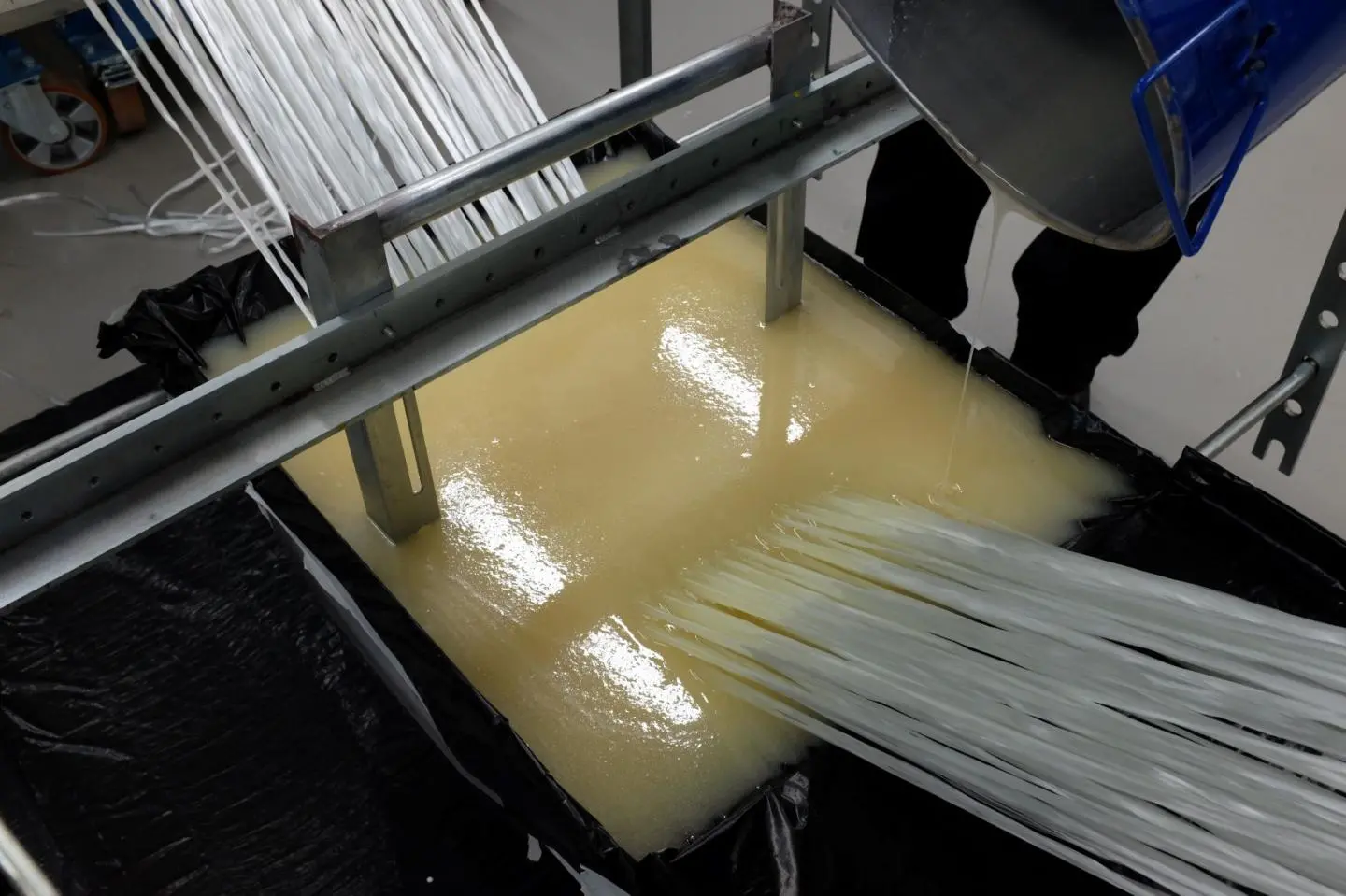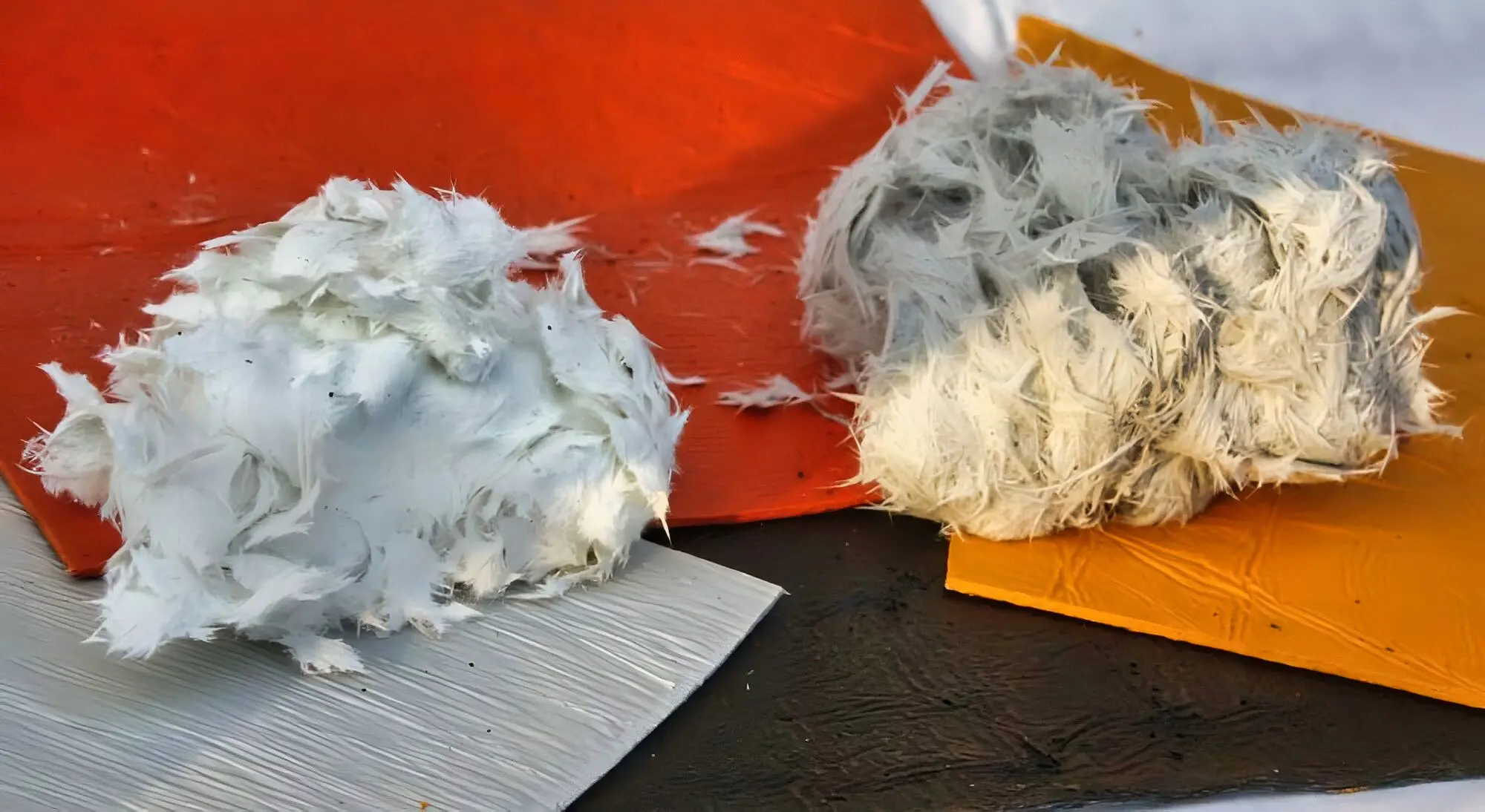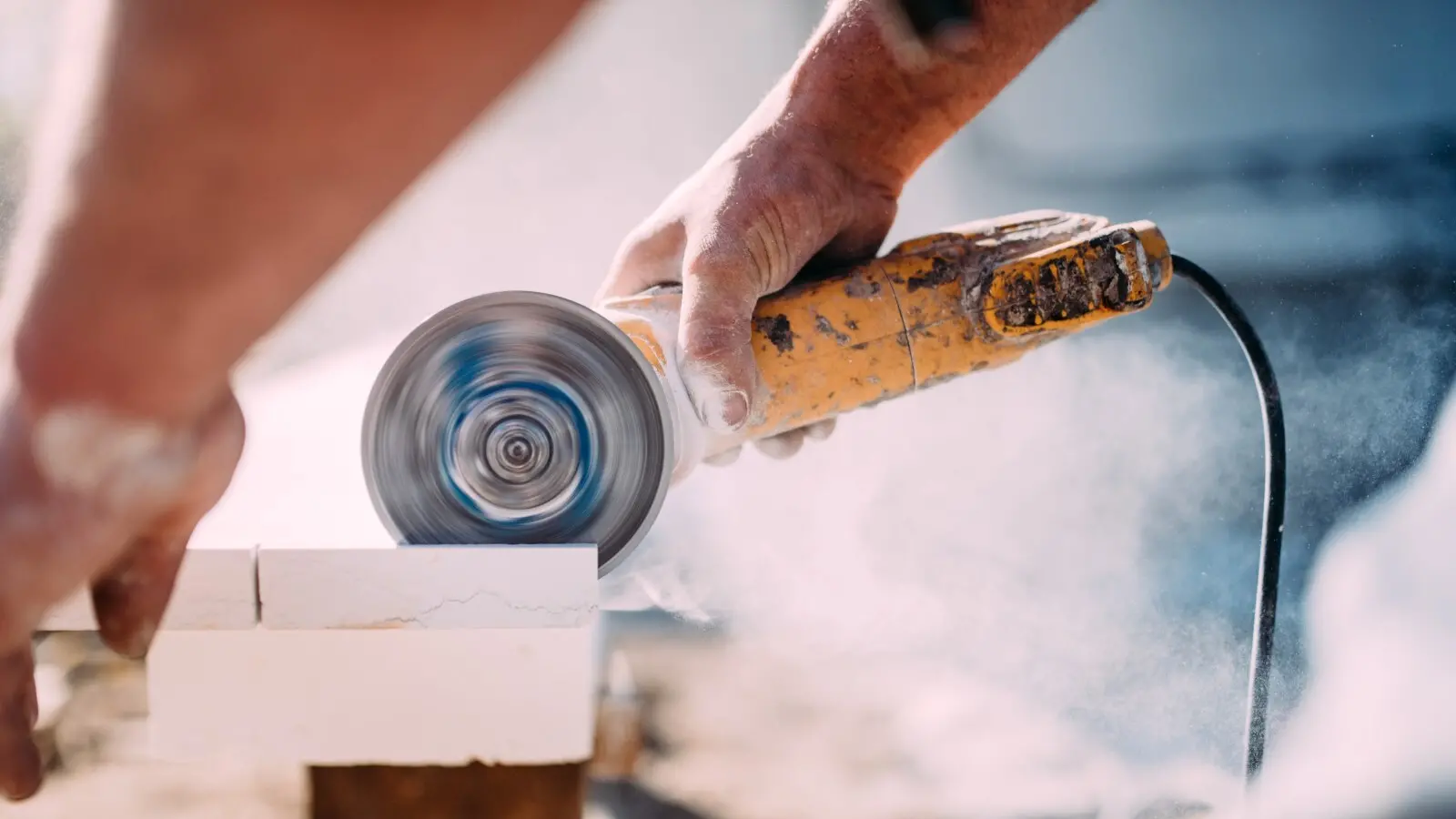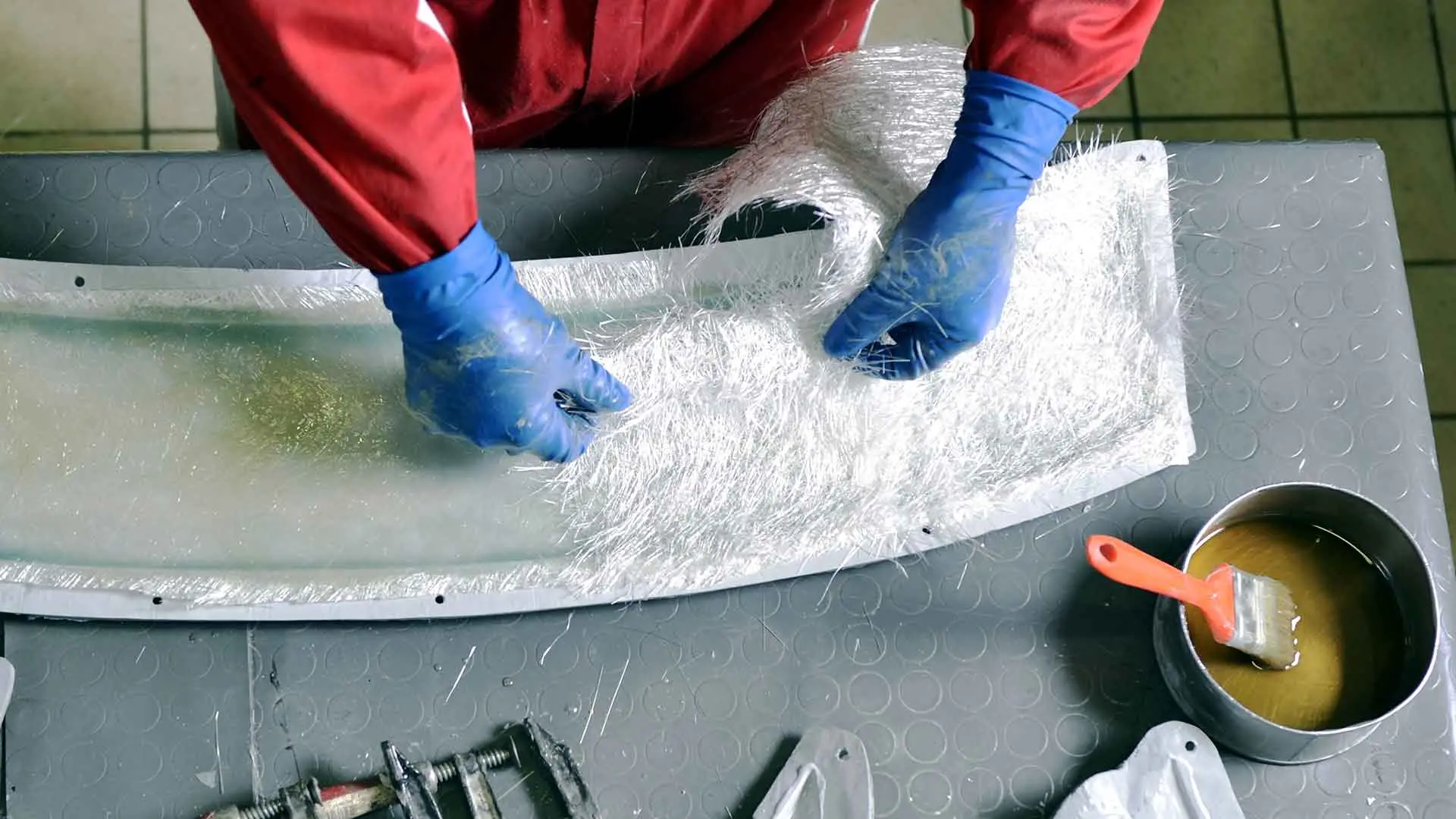What to Do When Surface Mat of Hand-Laminated Fiberglass Is Not Completely Saturated?
The issue of insufficient resin saturation in fiberglass surface mat can lead to curing defects, resulting in decreased overall strength and posing potential risks.
Solutions:
- For Uncured Areas: If the resin has not yet cured, continue to add resin and use a roller to compact and push the bubbles away, ensuring complete coverage.
- For Fully Cured Areas: If the mat has completely cured, sand down the areas where bubbles have formed, and then apply resin to those defect areas to ensure penetration.
- For Semi-Cured Areas: You can choose either method 1 or 2, or you may opt to remove the entire area and re-laminate, depending on the specific site conditions.
It’s important to note that if I were to teach how to properly saturate surface mat, many experienced fiberglass workers might dismiss it as too elementary. They often believe that simply applying resin is sufficient. This mentality can lead to these potential defects, and in some cases, workers may rush the process and apply subsequent layers prematurely, which is strongly discouraged.
Additional Notes on Surface Mat Application:
Ensure that you use enough resin—ideally, over 80% saturation is recommended. Apply resin using a brush-and-roll technique rather than a flat brush, as this helps to prevent the formation of wrinkles and waves.



